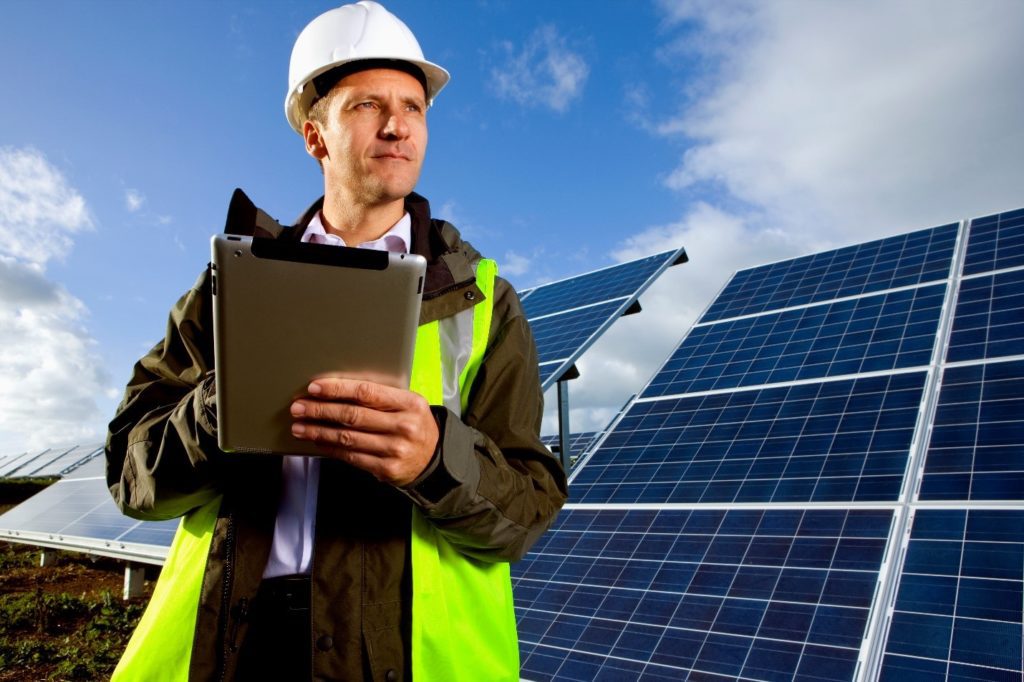Sustainable steel production is closer than you think
Credit to Author: Mo Ahmed| Date: Mon, 14 Oct 2019 15:13:35 +0000
 While the steel industry can take credit for representing approximately 2.9% of total global economic value, it must also take the blame for generating 7-9% of total global CO2 emissions – not a very well-balanced scorecard. But it does recognize the importance of tackling this challenge, and as a result, the steel industry is near the top of the list in efforts to seek solutions for decarbonization.
While the steel industry can take credit for representing approximately 2.9% of total global economic value, it must also take the blame for generating 7-9% of total global CO2 emissions – not a very well-balanced scorecard. But it does recognize the importance of tackling this challenge, and as a result, the steel industry is near the top of the list in efforts to seek solutions for decarbonization.
Zoom in a little closer to the process of steel-making and you will find the main culprit, the blast furnace. In a nutshell, metallurgical coal is burned in the blast furnace at extremely high temperatures with a mix of iron ore and other elements to produce molten iron, releasing all the economic value of the iron ore, but also releasing high amounts of gaseous biproducts. In fact, for each tonne of steel produced, 2.0-2.5 tons of fossil-based CO2 is emitted.
Now consider that there are over 700 blast furnaces in the steel industry today, they account for 72% of total steel production, and they emit more than 50% of all steel-related CO2 emissions. And due to the massive capital investment required to get a steel factory on-line, those blast furnaces are unlikely to be decommissioned any time soon. However, several new technologies are emerging that promise to make steel a much more sustainable industry.
For example, the 28% of steel that is not made in a blast furnace is now made by melting recycled steel scrap in Electrical Arc Furnaces (EAFs), which is a much more environmentally friendly process. An EAF emits only 0.2 tons of CO2 per tonne of steel. Unfortunately, scrap steel is in limited supply and it won’t be able to meet the growing demand due to rapid urbanization. Bottom line is that existing blast furnaces will be needed to meet demand for many years to come.
There are other new technologies emerging that will also help to reduce the dependency on coal-fired blast furnaces, such as using alternate energy sources like natural gas (which has a lower CO2 emission than coal) or hydrogen (which emits no CO2). This Direct Reduction IRON (DRI) process can eliminate 50% of CO2 emissions compared to blast furnaces.
The pressure is mounting on the steel industry to clean up its act and the message of sustainability is clearly resonating in the C-Suite of major steel producers, and it’s a sure bet the industry will move toward electrification. The need for new solutions will continue to drive innovation such as the use of hydrogen to generate electrical energy in place of thermal (fossil fuel) energy.
But driving greater sustainability doesn’t necessarily require major CAPEX projects, such as replacing a blast furnace with a more eco-friendly alternative. Many energy efficiency opportunities exist in right in plain view, for example the use of medium voltage variable speed drives to run large fan and pump applications. In a recent project, a variable speed drive was used to replace a direct on-line motor starter. It enabled the plant to reduce the speed of a large fan from 100% to 80% while still meeting the needs of the application and resulting in energy savings of 50%! Not bad! Known as the Cube Law, energy savings when using variable speed drives for fan and pump applications can be estimated as the cube of the target speed, not just a straight 1:1 reduction. For example, operating at 80% reduces energy use to .83 or 51%. The energy savings not only helped reduce the carbon footprint of the plant, but it also provided an ROI of just a few years.
Even when there are financial restrictions on CAPEX improvements, there are other creative options for financing that could be used such as Off Balance Sheet Financing (OBS) that allows CAPEX projects to be paid from the savings by listing the expense as “energy as a service” operational expense.
Another new trend in the industry is to offset the carbon footprint by installing microgrids, renewable energy sources that can reduce the plant’s dependency on electricity generated by fossil fuels. For example, Baosteel installed a 50 MW rooftop solar plant to generate clean electricity and reduce its carbon foot print. http://bg.baosteel.com/en/contents/3840/73269.html
If you want to explore some of these sustainable energy solutions in more detail, please see our web site on Energy as Service or microgrids.
The post Sustainable steel production is closer than you think appeared first on Schneider Electric Blog.